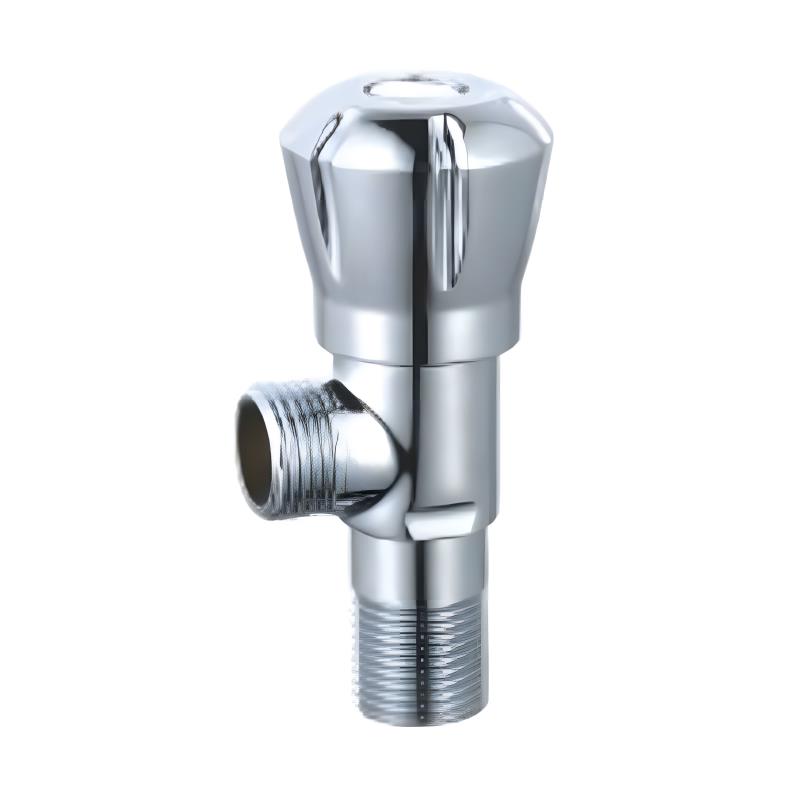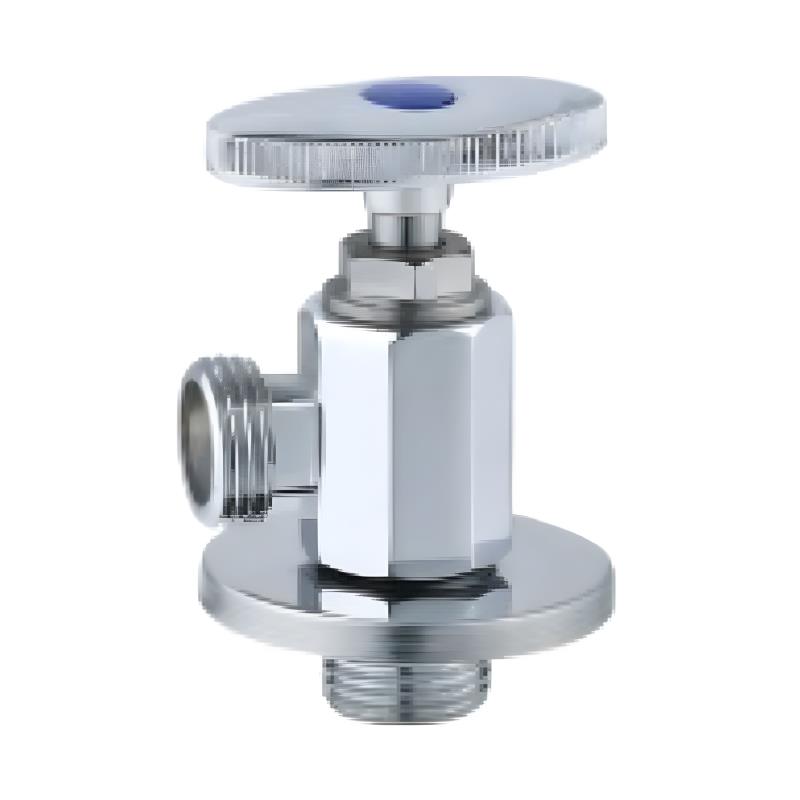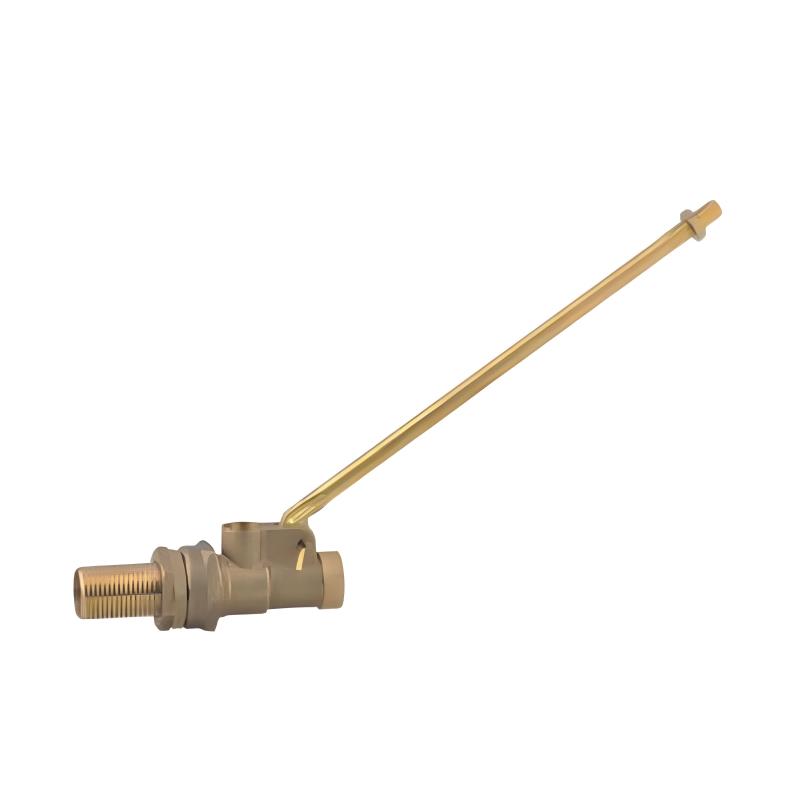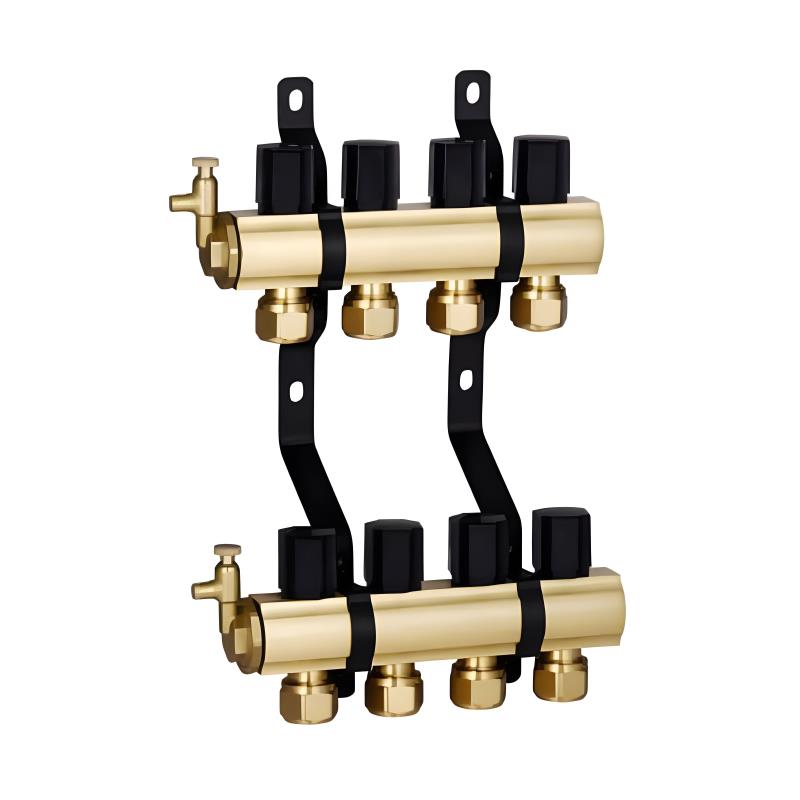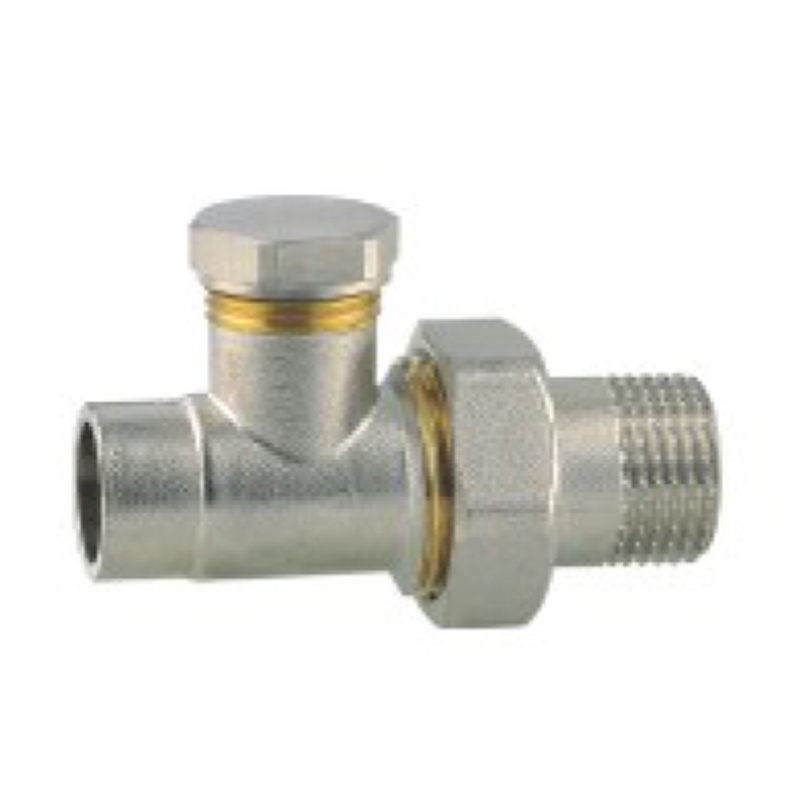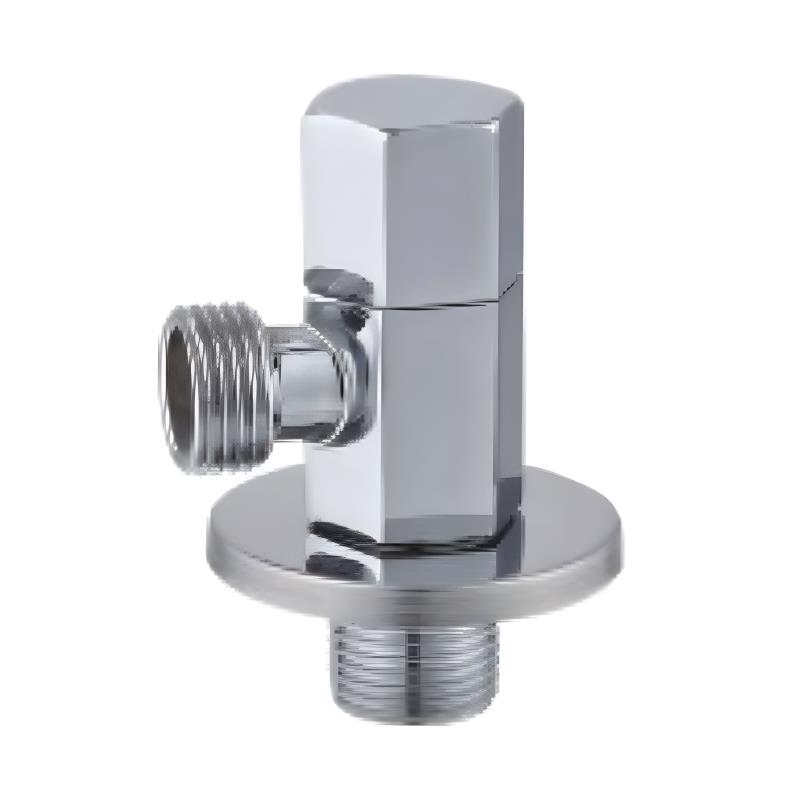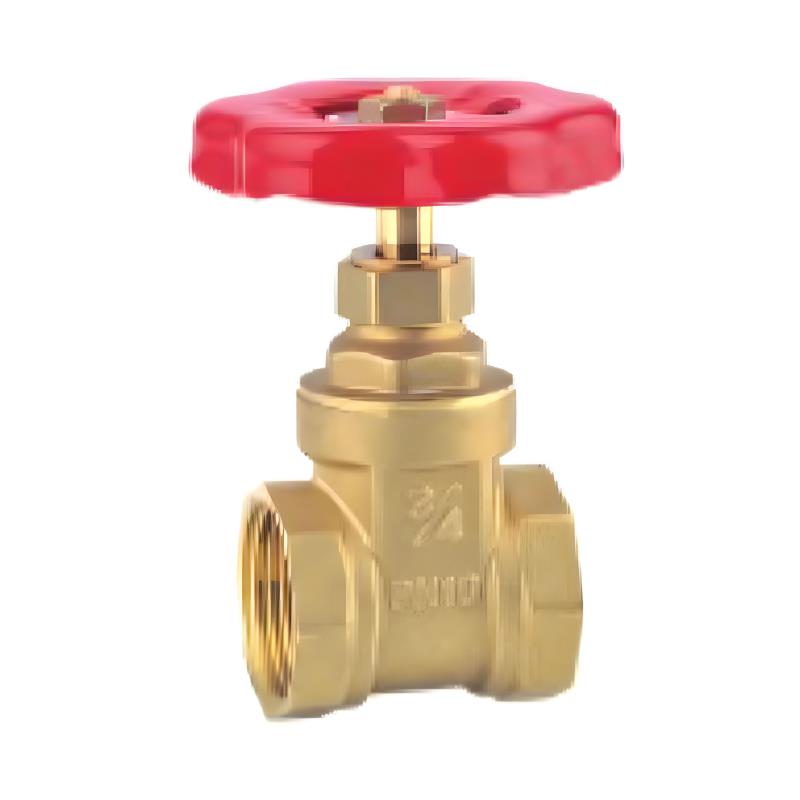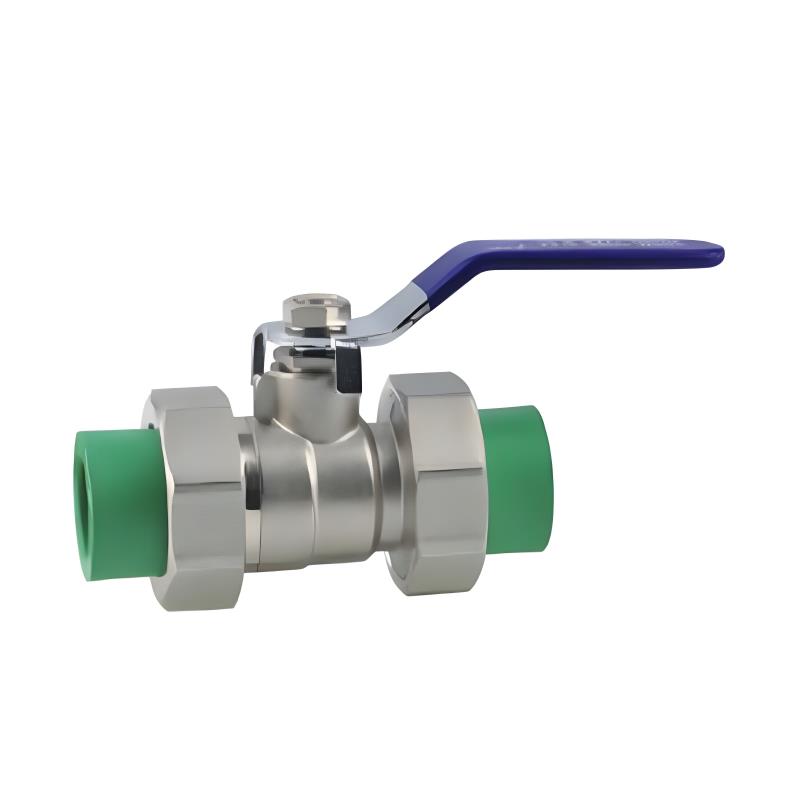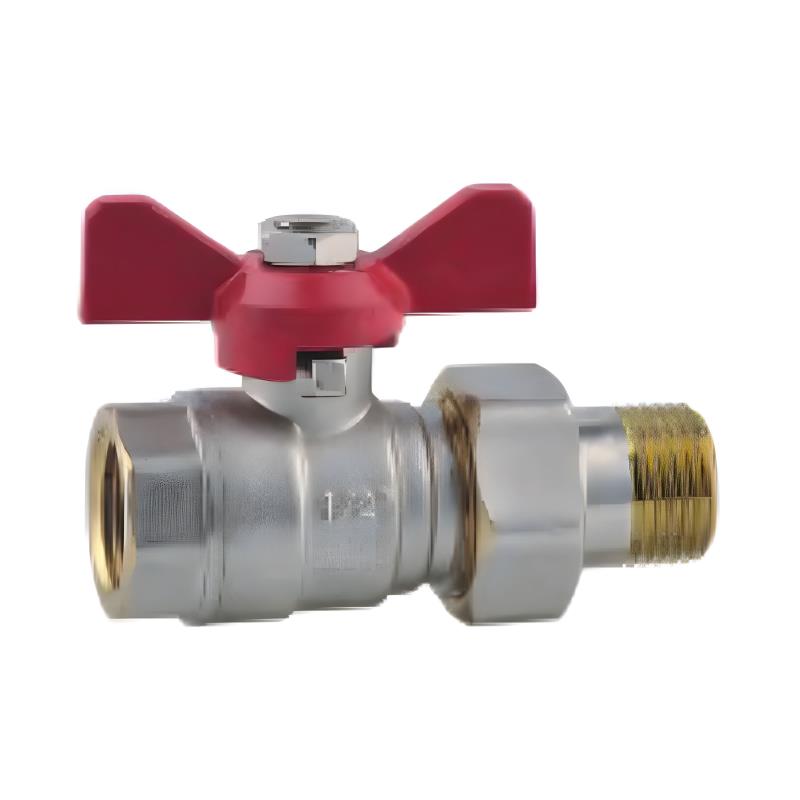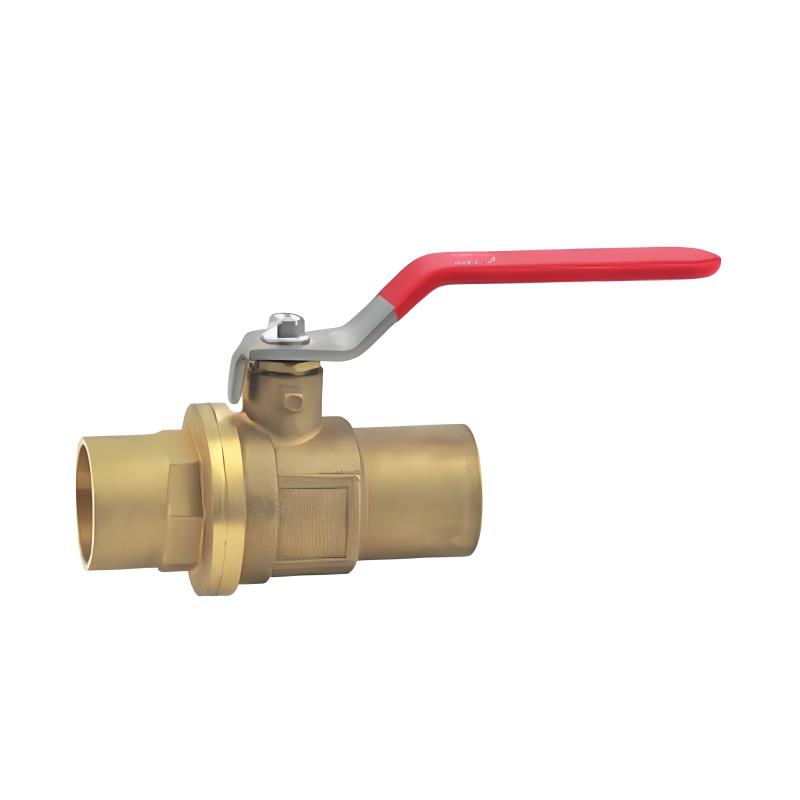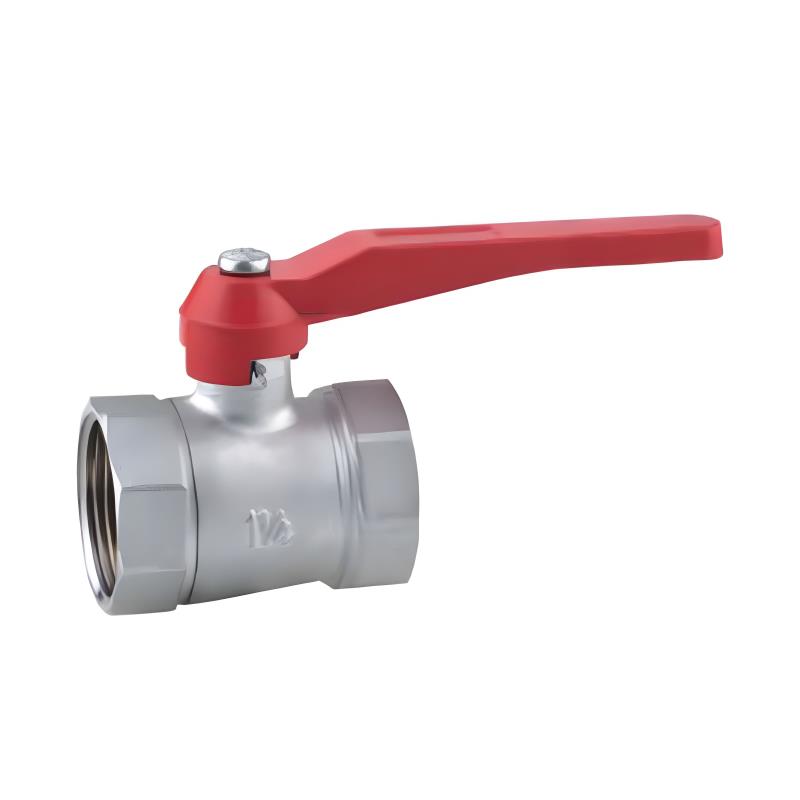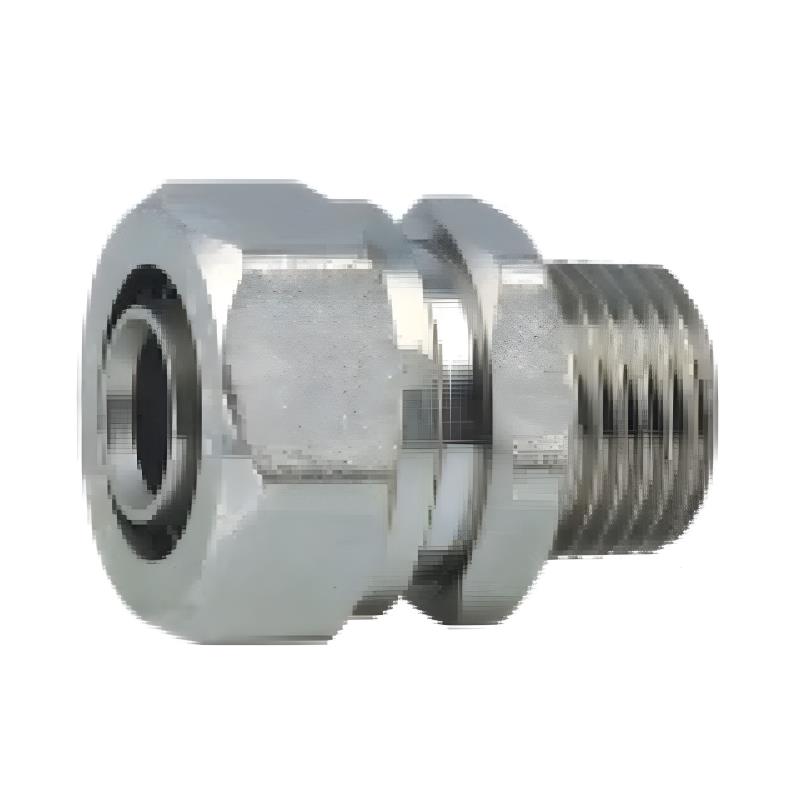Submit feedback
How BRASS FITTINGS Deliver in High-Temperature and High-Pressure Applications?
In the world of plumbing, HVAC, and industrial piping systems, the importance of reliability under demanding conditions cannot be overstated. One essential component that consistently earns the trust of engineers, contractors, and system designers is the BRASS FITTINGS. Known for their stable performance in both residential and industrial environments, BRASS FITTINGS have earned a reputation as a go-to solution where heat, pressure, and durability converge.
The strength of BRASS FITTINGS lies primarily in their material composition. Brass, an alloy of copper and zinc, offers a blend of mechanical stability and corrosion resistance that makes it well-suited to challenging operational environments. This balance of properties is especially important in heating systems and steam lines, where consistent exposure to elevated temperatures is a daily reality.
One of the standout characteristics of BRASS FITTINGS is their capacity to operate within a wide range of pressures and temperatures. In typical heating applications, BRASS FITTINGS can handle water and steam under pressures commonly found in residential and commercial systems. Their ability to maintain seal integrity and structural stability in such environments contributes to long-term system performance and user confidence.
Unlike some other materials, BRASS FITTINGS do not soften or deform easily under thermal stress. This makes them particularly effective in systems that require frequent temperature cycling, such as those used in underfloor heating, radiator networks, and hot water circulation. Whether handling hot water or low-pressure steam, BRASS FITTINGS offer the consistency needed to maintain a stable flow and secure connections.
Pressure is another area where BRASS FITTINGS show dependable performance. In closed-loop heating systems, pressure fluctuations are common due to the expansion and contraction of the medium. BRASS FITTINGS, thanks to their tensile strength and precision threading, retain their grip and prevent leaks. The threads on BRASS FITTINGS are engineered to create tight seals with compatible components, reducing the risk of failure under load.
Steam systems, which often pose greater challenges than water-based systems, also benefit from the use of BRASS FITTINGS. While brass is not always used for high-pressure, industrial-grade steam applications, many moderate steam systems in buildings and light industry successfully incorporate BRASS FITTINGS in their infrastructure. Their resistance to scale formation and their thermal conductivity make them useful in maintaining efficient operation over time.
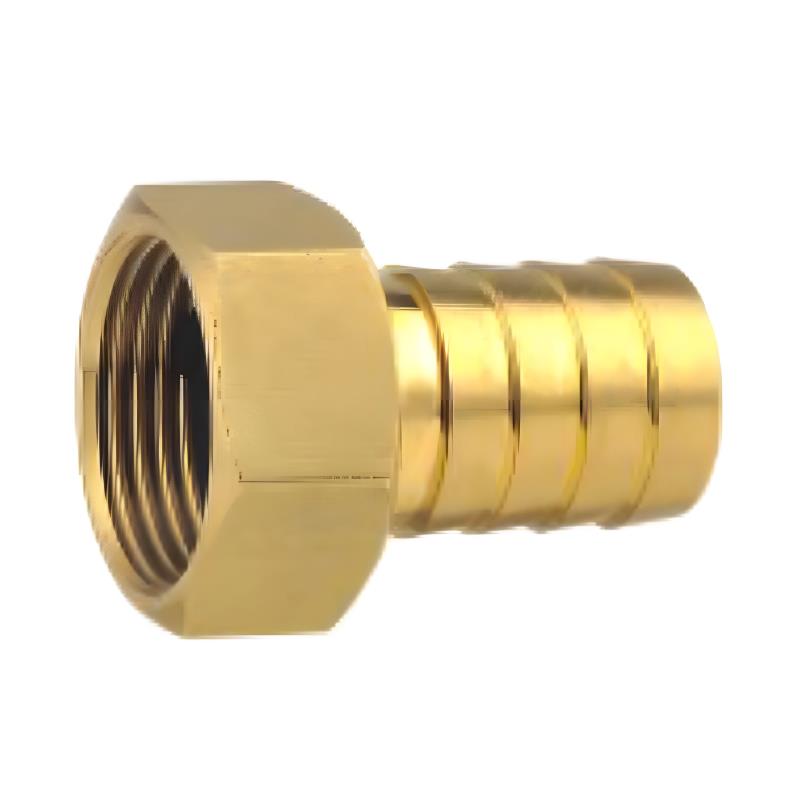
Beyond technical performance, BRASS FITTINGS offer compatibility with a wide array of pipe materials and jointing systems. This flexibility is particularly helpful when retrofitting or upgrading older heating networks. Whether working with copper, PEX, or even steel transitions, BRASS FITTINGS can be installed with minimal disruption and a high level of integration reliability.
Another key benefit is the ease of inspection and maintenance. Unlike plastic alternatives, BRASS FITTINGS can be visually assessed for wear or corrosion without specialized tools. This means that system operators and maintenance personnel can more easily schedule preventative maintenance, ensuring fewer disruptions over time.
From boiler rooms to rooftop HVAC units, BRASS FITTINGS are found wherever temperature and pressure demand durable connections. They are favored not only for their performance but also for their long service life. The resilience of BRASS FITTINGS in thermally dynamic environments contributes to fewer system downtimes and repairs.
In conclusion, BRASS FITTINGS play an essential role in modern heating and steam systems. Their ability to maintain form and function in high-temperature, high-pressure scenarios makes them a practical and reliable option. As infrastructure continues to evolve, the performance of BRASS FITTINGS under these demanding conditions ensures they will remain a core component of plumbing and mechanical system design for years to come.
 +86-13989680588
+86-13989680588 graylin@hongjiavalve.com
graylin@hongjiavalve.com 
